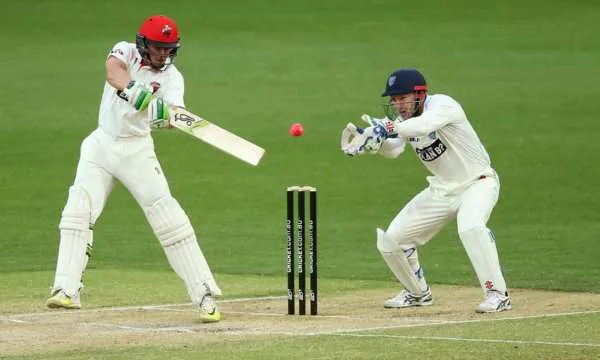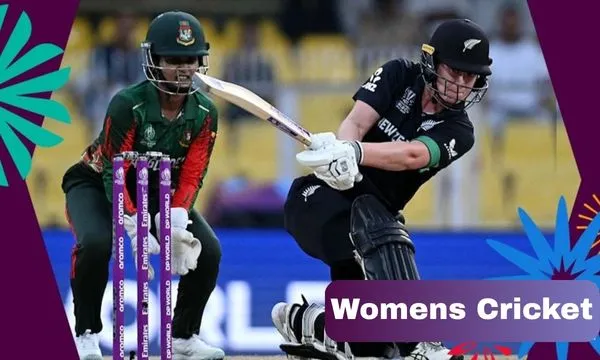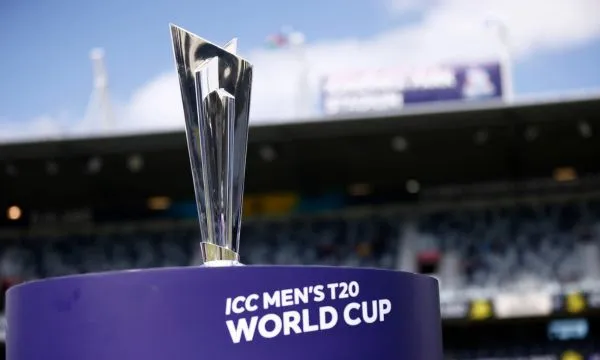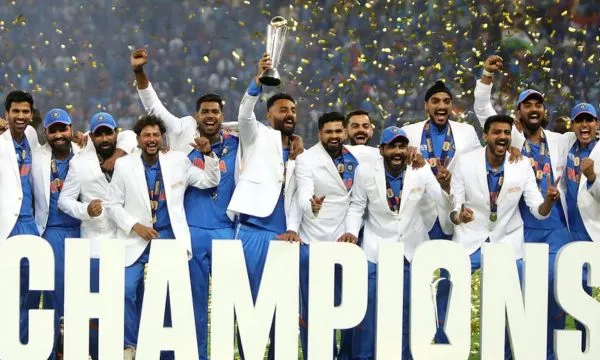Understanding the cricket fielding positions is your first step to becoming a truly strategic player.
Anúncios
Cricket is often celebrated for its epic batting and skillful bowling, but a game can be won or lost in the field.
Every player has a specific role that contributes to the team’s overall strategy, working together to stop runs and take wickets.
Having a solid fielding unit is the backbone of any successful cricket team.
This article will walk you through the key positions, the skills they demand, and why each one is so vital to the beautiful game of cricket.
The Batsman and Bowler as Fielders
It might seem unusual to start a fielding article with the two roles famous for other skills, but it’s crucial to remember that in cricket, every player is a fielder.
When they are not batting or bowling, these players are placed in positions that leverage their athletic abilities.
They are an integral part of the puzzle of cricket fielding positions, and their contributions can be just as important.
Typically, bowlers are positioned in less demanding spots like mid-on, mid-off, third man, or fine leg to conserve their energy for bowling. However, many modern bowlers are exceptional athletes.
Batsmen, on the other hand, are often placed in more dynamic positions depending on their agility and catching skills. For example, a batsman with quick reflexes might be in the slips or covers.
An iconic all rounder like Ben Stokes is a prime example of a player who excels in all three disciplines, known for his incredible catches and energetic fielding.
Understanding that these primary players are also key fielders helps set the stage for appreciating the specialized roles that follow.
The Specialist Role of the Wicket-Keeper
Behind the stumps stands the wicket-keeper, arguably one of the most important and specialized of all cricket fielding positions.
This player is in the heart of the action for every single ball, requiring immense concentration and physical endurance.
They are responsible for stopping deliveries the batsman misses, catching edges, and executing stumpings and run outs.
To excel as a wicket-keeper, a player needs a unique set of skills.
Lightning fast reflexes and agility are non negotiable, as they must react in a split second to faint edges or a batsman dragging their foot out of the crease.
Great hand-eye coordination is essential for clean catches, and strong legs are needed for squatting for long periods.
A famous player who mastered this role is Adam Gilchrist, known for his acrobatic catches and game changing presence behind the stumps.
The wicket-keeper is also the vocal leader of the infield, constantly communicating with the bowler and setting the tone.

Close to the Wicket: A Catcher’s Paradise
Clustered behind the batsman on the off-side are the close-in catchers, primarily the slips and the gully.
These positions are designed for one main purpose: to catch the ball when it takes a thin edge off the bat.
Fielders in these positions need incredible reflexes, soft hands, and unwavering concentration, as the ball comes at them incredibly fast.
The slip cordon can have anywhere from one to four players standing next to each other. The gully is positioned slightly squarer to the batsman, covering a different angle for catches.
On the leg side, you have the leg slip and the short leg, which are equally challenging positions. Players here must be brave, as they are very close to the action.
The legendary Rahul Dravid is famous for his time in the slips, holding the record for the most catches by a non wicket keeper in Test cricket, a testament to his supreme concentration and skill.
Infield Cricket Fielding Positions
The infield is the ring of fielders inside the 30 yard circle who are tasked with saving runs and creating pressure. Key positions include point, cover, mid-off, mid-on, and mid-wicket.
These players need to be agile, quick on their feet, and have a powerful and accurate throwing arm to execute run outs.
Fielders at point and cover are on the off-side and must stop powerful shots like cuts and drives.
They need to dive, slide, and attack the ball to prevent it from reaching the outfield.
The “mids” (mid-on, mid-off, mid-wicket) are positioned in a straight or leg-side line and are crucial for stopping straight drives and flicks.
A player who revolutionized infielding is Jonty Rhodes, whose acrobatic dives and incredible run outs made him a legend.
He showed the world that great fielding can change the momentum of a match.
Guarding the Boundary: The Outfield
The outfield positions, such as long-on, long-off, deep cover, third man, and fine leg, are the team’s safety net.
These fielders are responsible for preventing the ball from reaching the boundary, which means they must have excellent speed to cover large areas of grass.
Their secondary role is to take high catches, which requires good judgment and steady hands.
An outfielder must possess a strong throwing arm to return the ball quickly from the boundary to the wicket-keeper, preventing the batsmen from taking extra runs.
Positions like third man and fine leg are specialist roles for stopping glances and edges, while the ‘longs’ and deep cover positions are for saving runs from powerful drives.
Ravindra Jadeja is a modern day example of an outstanding outfielder, known for his speed, rocket arm, and spectacular catches on the boundary rope in these demanding cricket fielding positions.
The Brave and the Bold: Silly Positions
Perhaps the most daunting fielding positions in cricket are the “silly” ones. Silly point and silly mid-on involve standing extremely close to the batsman, often just a few feet away.
The primary goal here is to take catches that pop up off the bat from defensive shots, often on slow, turning pitches. It’s a high risk, high reward position that can lead to key breakthroughs.
Fielders in these positions must be incredibly brave and wear protective gear like a helmet, shin guards, and a chest guard.
They need exceptional reflexes and anticipation to react to a ball struck with full force from point blank range.
Not many players are willing to field in these spots, but those who do are invaluable to their team’s strategy, especially when spinners are bowling.
India’s Eknath Solkar was renowned for his fearlessness at short leg, earning the reputation of one of the greatest close in fielders of all time.
Conclusion
As we’ve seen, cricket is far more than just a battle between batsman and bowler. It’s a strategic game where every player on the field has a crucial role to play.
From the specialized skills of the wicket-keeper to the bravery of the silly point and the athleticism of the outfielders, a successful team is a well oiled machine with every part working in unison.
Understanding these cricket fielding positions not only deepens your appreciation for the sport but also highlights the incredible teamwork required to succeed.
Mastering the art of the various cricket fielding positions is what separates good teams from great ones.


